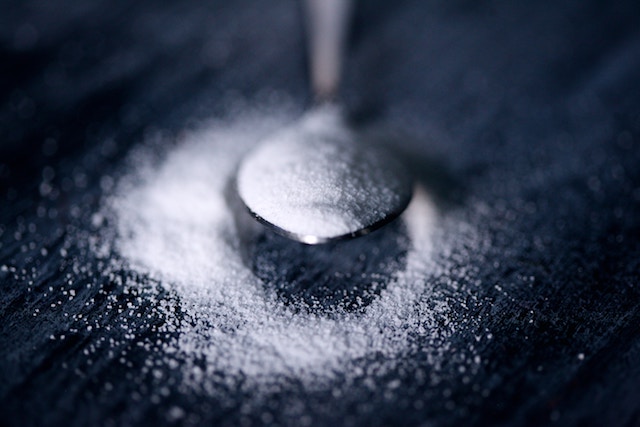We all have our own fair share of sugar cravings every once in a while. It is totally acceptable to indulge every once in awhile, but too much of a good (sugary) thing can lead to long term health risks like diabetes and heart disease. To avoid these potential health risks, many people opt to eat products with low-calorie sweeteners like sucralose. But is this sugar substitute all its made out to be?

The Basics: What Is Sucralose?
Sucralose is a sugar substitute in many consumable products such as chewing gum, sodas, coffee, and other low-calorie foods. It is the main ingredient in the very popular low-calorie sweetener, Splenda. But what exactly is this sucralose made from?

It actually starts as the sugar, sucrose, but the chemical alterations remove the calories from the final product. The result is a highly sweet ingredient that has zero calories nor nutritional value. The chemical processing also makes it 600x sweeter than regular sugar. This means adding just a little bit to your coffee or baking can go a long way!
Is Sucralose Bad For Your Health?
Sugar substitutes have gotten a bad reputation in the past, thanks to studies in the 1970’s that found saccharin (another sugar substitute) was linked to causing cancer in rats. Since then, scientists have reviewed these studies and are skeptical of the research methods and findings. Additionally, over 110 research studies have been conducted into the safety of sucralose as a sugar substitute, confirming it is in fact safe for human consumption.

How Much Can You Safely Consume?
As with all foods, the FDA has set standards on the acceptable daily intake (ADI) of sucralose. The ADI for sucralose is 5mg per day, which is the equivalent of eating 23 packets of Splenda a day… Given how sweet the product is, we highly doubt you will reach this intake level. You can sprinkle in this substitute guilt and worry free!
Photos: Unsplash and Freepik
